How Tree Removal Can Be Eco-Friendly
/Can cutting down a tree benefit the environment? It sounds counterintuitive, but with thoughtful practices, tree removal can support healthy ecosystems. Several tree companies today prioritize sustainability to reduce environmental impact while ensuring safety.
The Environmental Paradox of Tree Removal
Tree removal often seems harmful, but that’s not always the case. Removing invasive species protects native plants and wildlife, while clearing diseased trees prevents illness from spreading. Sustainable forestry relies on selective removal to:
Maintain forest health
Reduce wildfire risks
Promote biodiversity
As the Sustainable Forestry Initiative says, “It’s about managing forests to maintain their health and biodiversity.”
Sometimes, keeping a tree around actually does more harm than good. If it’s blocking sunlight from your garden, sucking up all the water in the yard, or dropping limbs every time the wind picks up, it might be time to let it go. And if that tree is invasive or diseased, removing it can actually help nearby plants thrive.
Safety-Driven Tree Removal
Trees that are damaged or unstable can be dangerous to both humans and plants, especially after a storm. Spotting the warning signs early and removing those trees can help avoid accidents. You don't want to wait until a branch crashes onto your car or roof to realize something was wrong. Trees leaning too far, cracked trunks, or hollowed-out spots are all signs it’s time to act. Getting rid of a risky tree now can save you a major headache later.
| Signs of Hazard | Recommended Action |
|---|---|
| Cracks in trunk or dead branches | Consult a professional for assessment |
| Leaning trunk or lifted roots | Consider removal to prevent falling |
| Significant storm damage | Have the tree inspected by a professional |
Combating Invasive Species
Invasive trees like Tree of Heaven or Chinese Tallow outcompete native plants, reducing biodiversity and disrupting wildlife habitats. Removing them restores balance. Homeowners can help by:
Identifying fast-growing or out-of-place trees
Consulting local experts for region-specific removal strategies
A lot of times, invasive species look harmless or even pretty. But they grow like weeds and push out everything else. Taking them out early means your native trees and shrubs stand a better chance of surviving.
Managing Tree Diseases
Tree diseases like Dutch Elm or Oak Wilt can devastate forests. Regular inspections help catch issues early, and removing affected trees stops the spread, preserving forest health.
If one tree gets sick, the whole yard can go down with it. Fungi and pests move fast, and by the time you notice, it’s too late. Removing one infected tree might feel like a loss, but it can save the rest.
| Disease | Symptoms | Impact |
|---|---|---|
| Dutch Elm Disease | Wilting leaves, yellowing foliage | High elm tree mortality |
| Oak Wilt | Leaf discoloration, wilting branches | Significant oak tree mortality |
Eco-Friendly Removal Methods
Many modern tree services use low-impact techniques to reduce environmental disruption. Precise cutting tools and careful planning reduce soil disturbance and protect nearby plants, aligning with sustainable forestry to keep landscapes healthy and beautiful.
These days, it’s not just about getting the tree down, it’s how you do it. Good crews know how to avoid tearing up your lawn, compacting your soil, or crushing your flower beds in the process. Eco-friendly tree removal is not just a service; it’s a craft.
Turning Waste into Mulch
Tree waste can be transformed into high-quality mulch, reducing landfill use and creating a valuable resource. Using specialized equipment, some tree service professionals produce clean, consistent mulch chips that:
Prevent soil erosion
Retain moisture
Enrich soil as they decompose
This benefits both the environment and our clients’ gardens. Instead of tossing all that wood into a landfill, it gets a second life as mulch. That same tree that once towered over your yard might end up feeding your garden beds. Pretty cool, right?
Firewood for a Greener Future
Repurposing removed trees into firewood reduces waste and provides a carbon-neutral energy source. Tree service companies today often use sustainable processing methods to minimize energy use and emissions. Local firewood reduces transport pollution, and clean-burning practices like using dry, seasoned wood ensure less air pollution.
Firewood is one of the oldest forms of heat and still one of the cleanest, if done right. Instead of burning oil or gas, using seasoned wood from a downed tree is a smart way to stay warm and reduce waste.
Repurposing Wood for Furniture and Crafts
Reclaimed wood from removed trees becomes beautiful furniture or crafts. After cleaning and shaping, it supports local artisans, reduces waste, and adds unique character to homes. Choosing reclaimed wood promotes sustainability and boosts community economies.
You’d be surprised how much character a fallen tree has. Local woodworkers love getting their hands on storm-damaged oak or walnut. Tables, shelves, cutting boards, you name it: all of these pieces and more can be made from these types of reclaimed wood. It’s like turning something broken into something beautiful.
Replanting for Healthier Ecosystems
Replanting after tree removal is vital for maintaining healthy ecosystems. Common choices may be native species like White Oak or Redbud, which thrive in local conditions and provide food and habitat for pollinators and wildlife. By selecting climate-appropriate trees and incorporating a variety of native plants with different bloom times, you can create a pollinator-friendly landscape that enhances biodiversity and ecosystems for the long term.
If you take out one tree, it’s always a good idea to plant another, just maybe not the same kind. Think about what works best for your space: smaller canopy, stronger root system, something native to your area. Over time, you’ll build a healthier, more balanced yard.
Long-Term Environmental Benefits
Responsible tree removal balances carbon sequestration with ecosystem health. Trees absorb CO2, but removing sick or invasive ones and replanting natives maintains this balance. Strategic replanting supports pollinators and prevents invasive species, ensuring resilient forests for the future.
In the grand scheme of things, it’s about creating balance. Not every tree needs to stay, and not every removal is harmful. The goal is a healthy landscape, not just a crowded one.
Sustainable Tree Management
Tree removal, when done responsibly, supports healthy ecosystems. By using eco-friendly methods, repurposing wood, and replanting native species, we minimize harm and promote sustainability. At WV Tree & Timber, we are committed to protecting our planet. Let’s keep forests thriving together.
Done right, tree removal is just another part of smart land care. It’s not about cutting things down for no reason. It is about knowing when it’s time, doing it the right way, and making sure something better grows in its place.
About the Author:
Derick McQuaide is the owner of WV Tree & Timber, Wheeling’s #1 tree service company. It offers a full range of expert tree services including tree removal, tree trimming, stump grinding, emergency storm cleanup, and more.




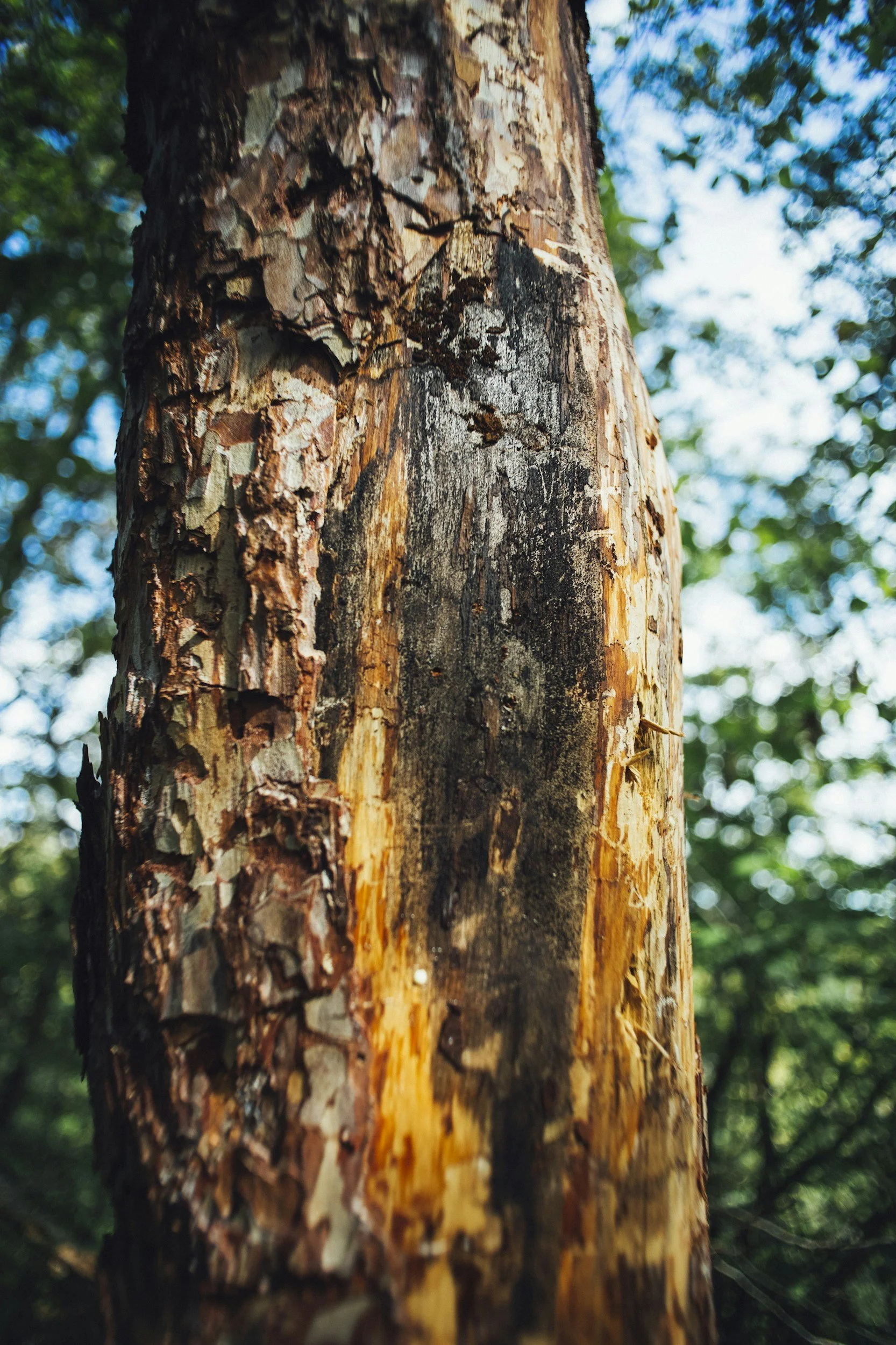
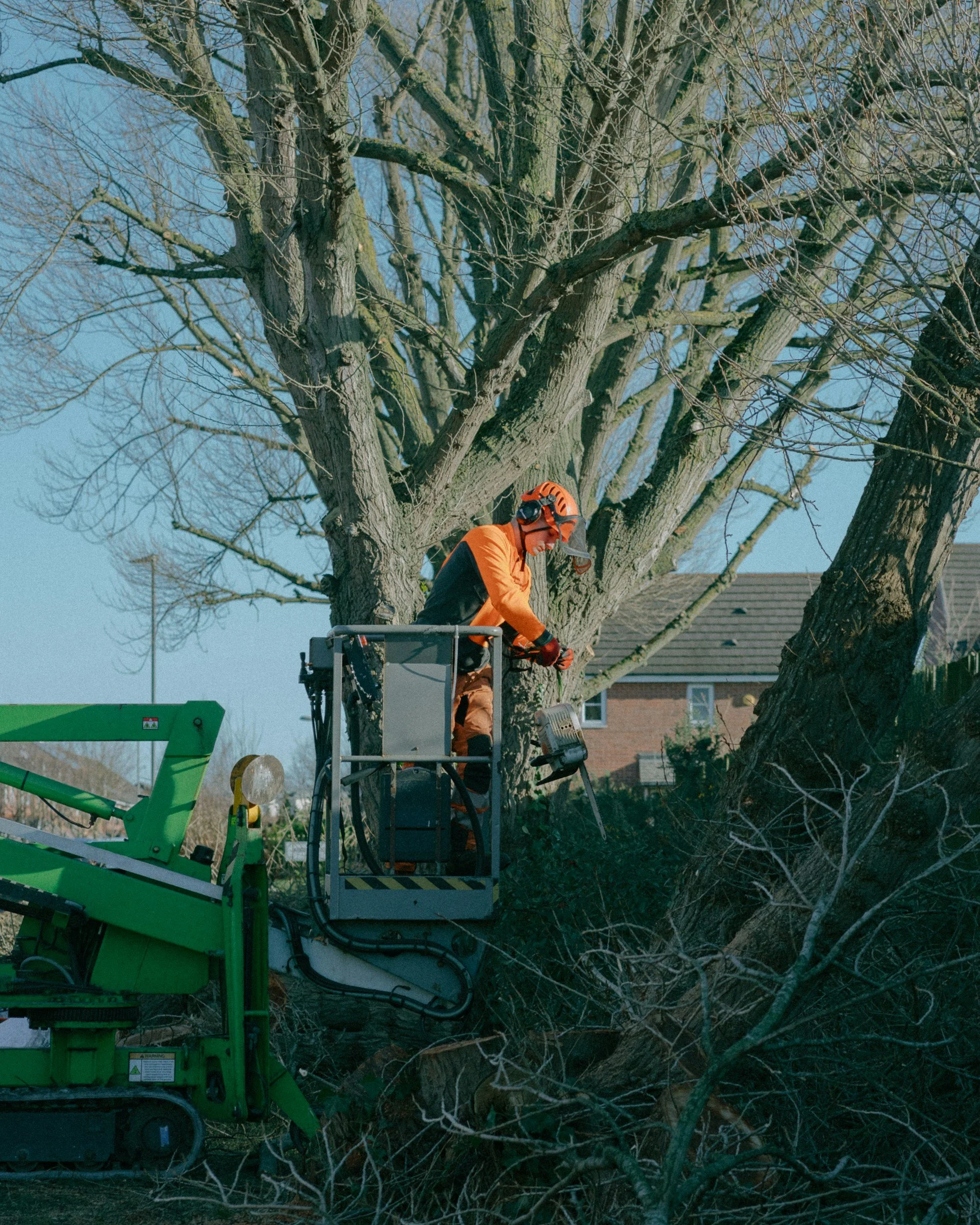














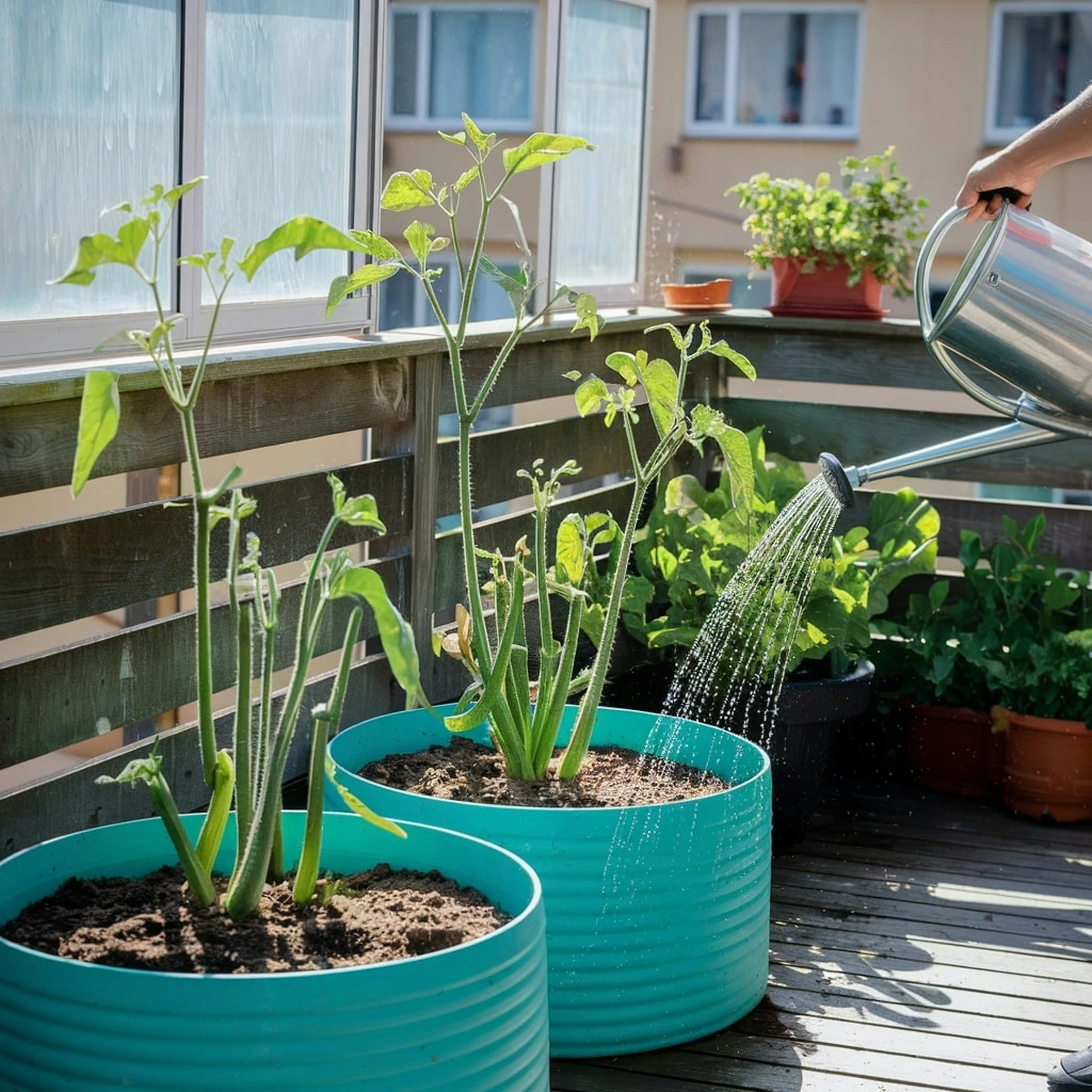
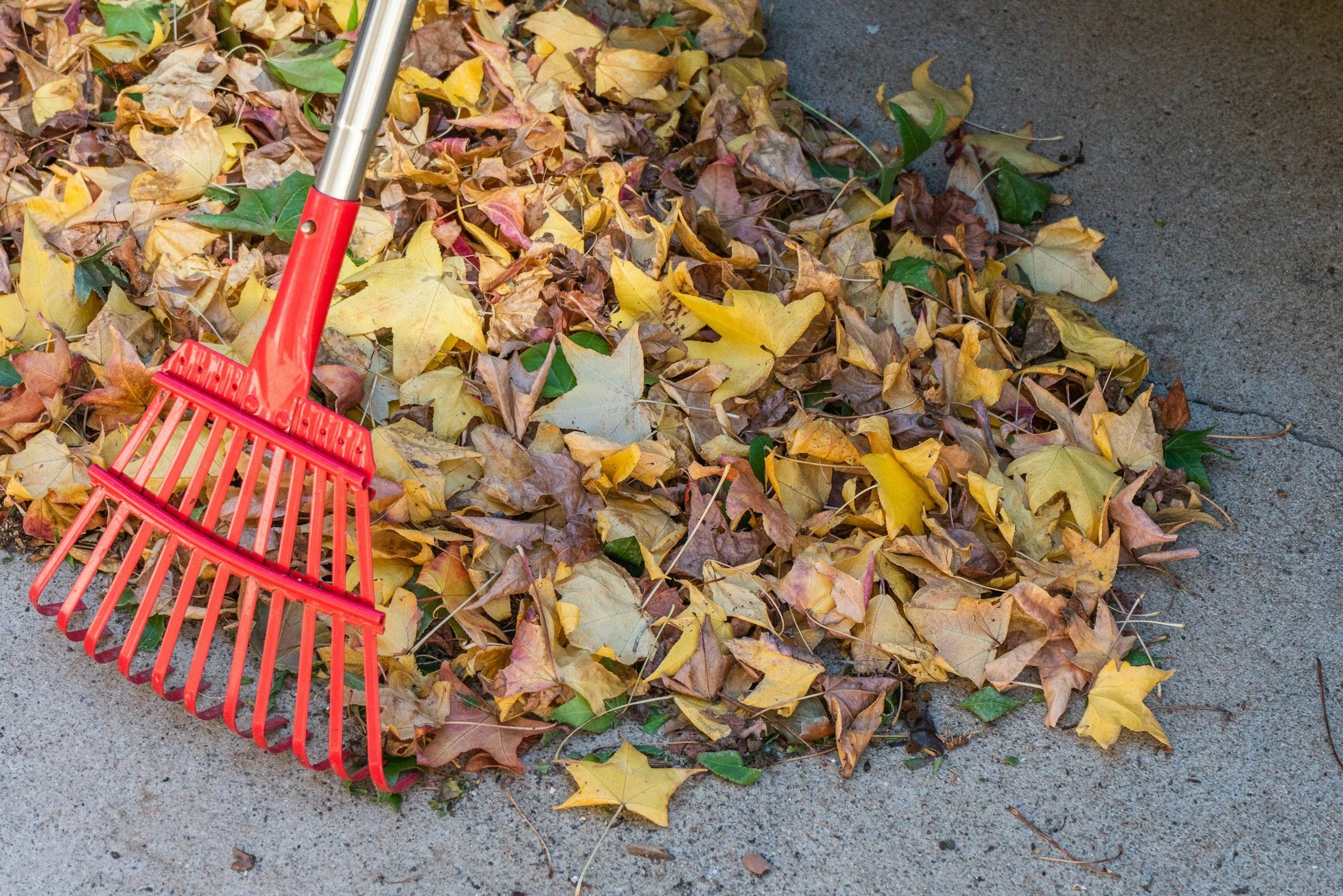






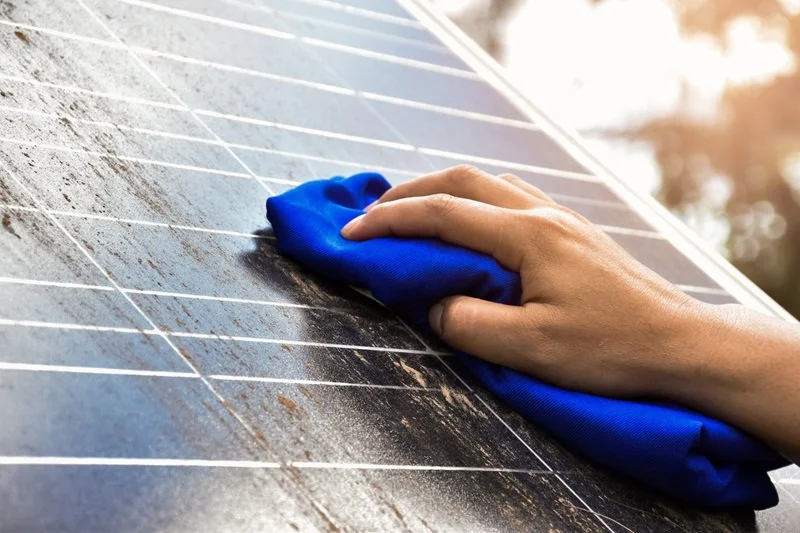

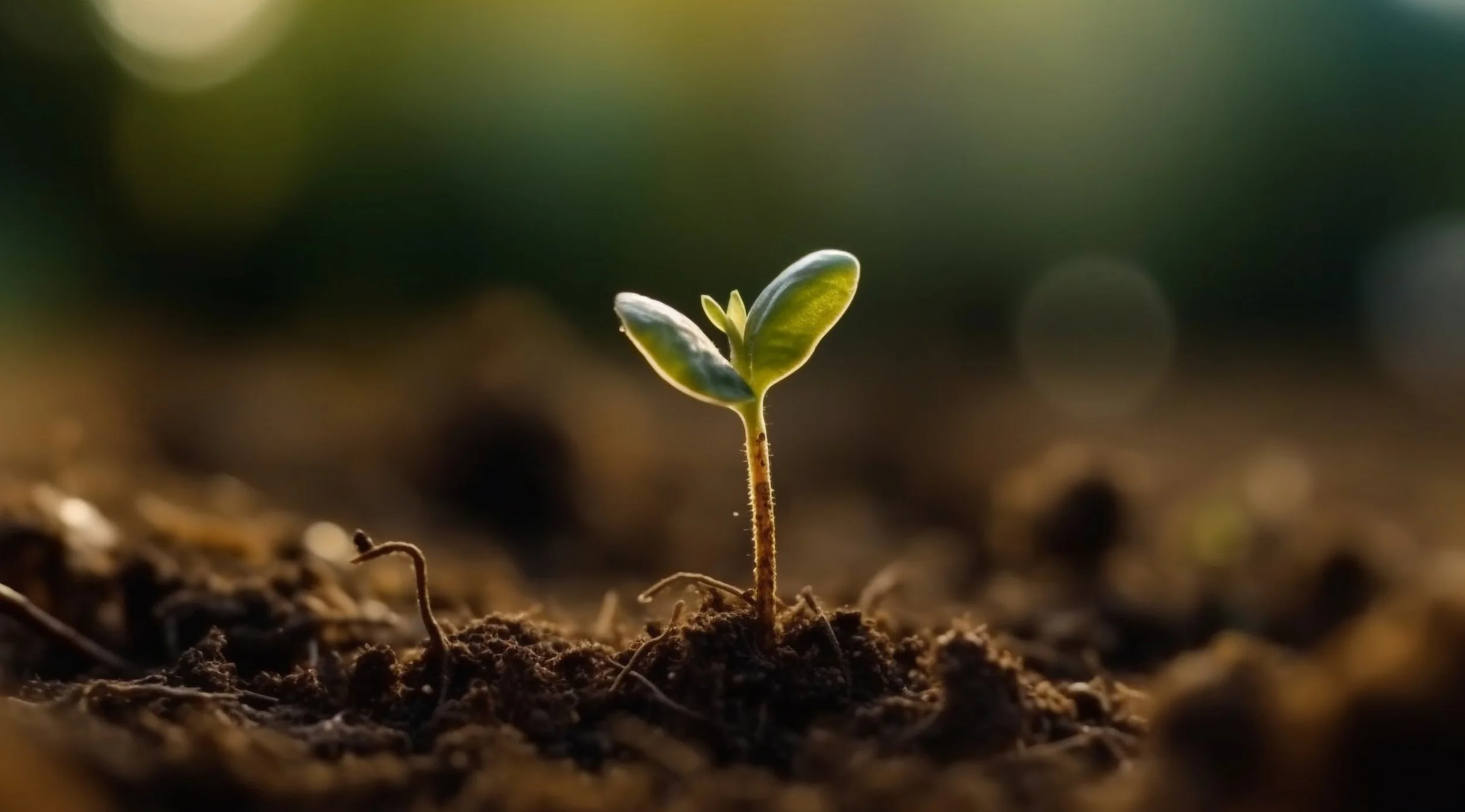



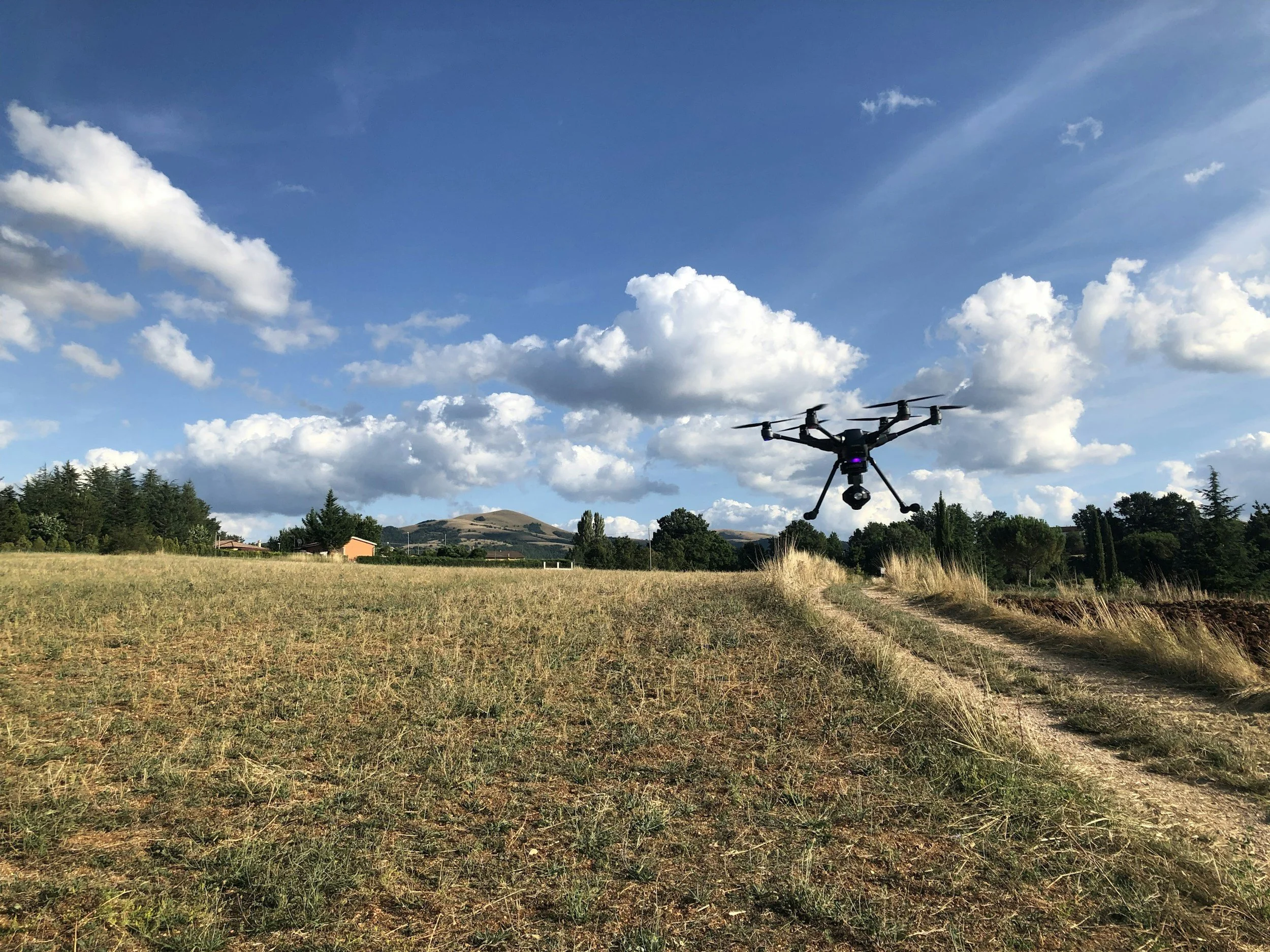








Can cutting down a tree benefit the environment? It sounds counterintuitive, but with thoughtful practices, tree removal can support healthy ecosystems. Several tree companies today prioritize sustainability to reduce environmental impact while ensuring safety.